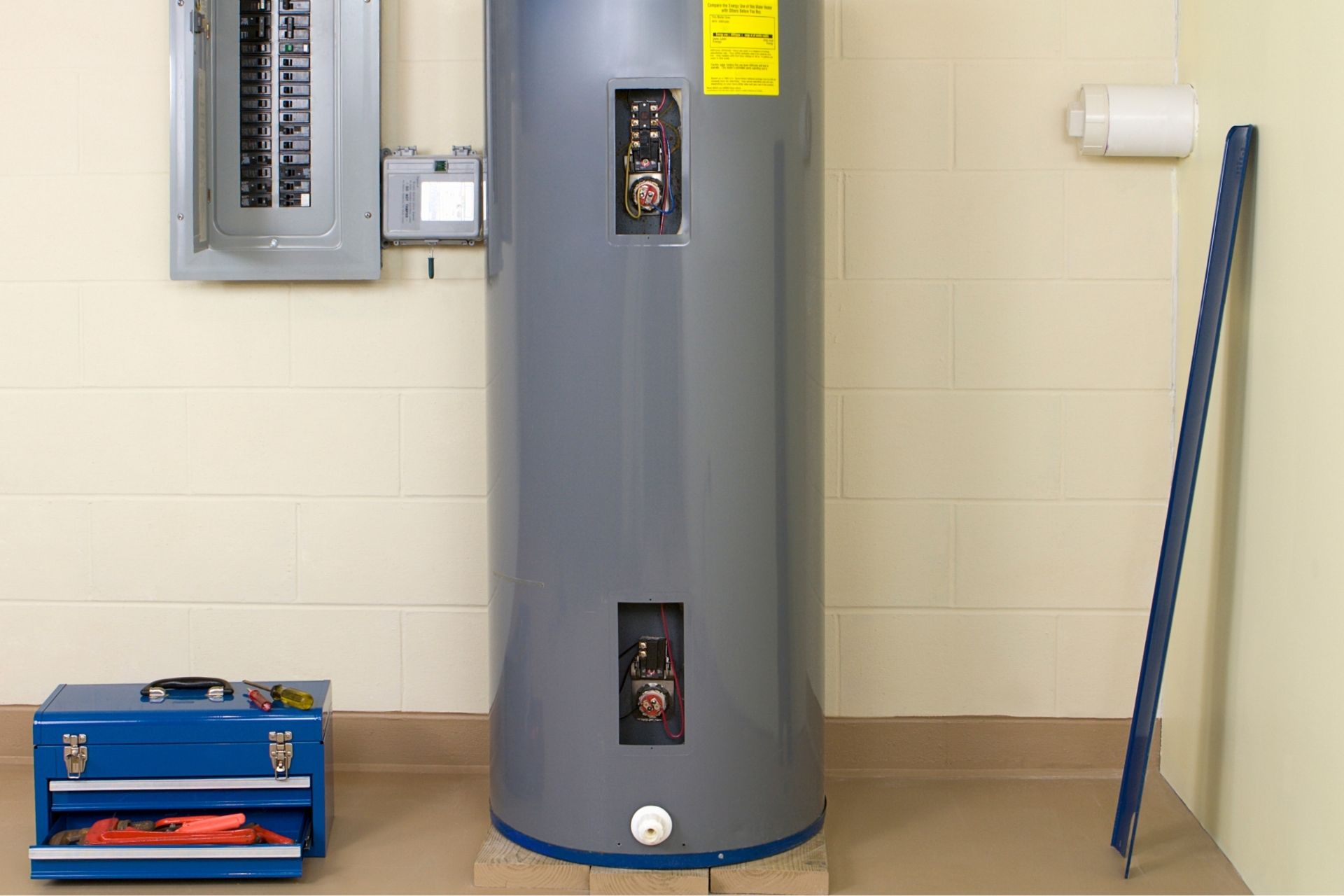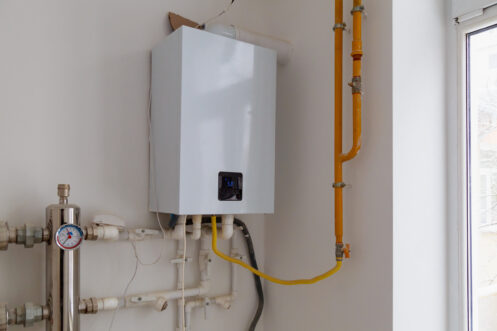Making Sure Durability of Your Home's Hot Water System: Maintenance Tips
Making Sure Durability of Your Home's Hot Water System: Maintenance Tips
Blog Article
In this article below you can discover a lot of wonderful insight around How to Maintain a Hot Water Heater in a Few Simple Steps.

Warm water is necessary for day-to-day convenience, whether it's for a revitalizing shower or cleaning recipes. To guarantee your warm water system runs effectively and lasts longer, normal upkeep is crucial. This short article provides practical pointers and understandings on exactly how to maintain your home's hot water system to prevent interruptions and expensive repair work.
Introduction
Keeping your home's hot water system might appear daunting, yet with a few easy steps, you can ensure it runs smoothly for several years ahead. This guide covers everything from recognizing your hot water system to DIY upkeep pointers and understanding when to hire specialist assistance.
Significance of Keeping Your Hot Water System
Regular upkeep not only expands the life expectancy of your hot water system yet also guarantees it operates successfully. Ignoring maintenance can cause lowered efficiency, greater energy costs, and even early failing of the system.
Indicators Your Hot Water System Requirements Maintenance
Understanding when your warm water system needs focus can avoid major problems. Look out for indicators such as inconsistent water temperature level, unusual sounds from the heating system, or rusty water.
Flushing the Water Heater
Purging your hot water heater removes sediment accumulation, enhancing performance and lengthening its life.
Checking and Replacing Anode Rods
Anode rods avoid rust inside the container. Evaluating and replacing them when worn out is important.
Complicated Problems Calling For Specialist Aid
Instances include major leaks, electrical problems, or if your water heater is regularly underperforming.
Routine Expert Maintenance Perks
Expert upkeep can consist of complete assessments, tune-ups, and guaranteeing compliance with security requirements.
Examining and Changing Temperature Settings
Adjusting the temperature settings ensures optimum performance and safety.
Do It Yourself Tips for Upkeep
You can carry out a number of maintenance tasks yourself to keep your hot water system in top problem.
Looking for Leakages
Consistently check pipes and connections for leaks, as these can bring about water damages and greater expenses.
Understanding Your Warm Water System
Prior to diving into maintenance jobs, it's handy to comprehend the basic elements of your warm water system. Normally, this includes the water heater itself, pipes, anode rods, and temperature controls.
Monthly Maintenance Tasks
Regular monthly checks can aid capture small concerns prior to they intensify.
Checking Stress Alleviation Valves
Checking the stress relief valve ensures it functions correctly and prevents too much stress accumulation.
Protecting Pipes
Insulating hot water pipelines lowers warmth loss and can save energy.
When to Call a Professional
While do it yourself upkeep is helpful, some problems require specialist experience.
Final thought
Regular maintenance of your home's warm water system is necessary for efficiency, long life, and expense savings. By following these pointers and understanding when to seek professional aid, you can make sure a dependable supply of warm water without unforeseen disturbances.
Water Heater Maintenance Tips
Test the TPR Valve
Shut off the power and the cold-water supply valve. Place a bucket under the pipe connected to the temperature-pressure-release (TPR) valve on the top or side of the tank. (This valve opens if the tank pressure gets too high.) Lift the valve’s tab to let some water out, then let go. If water keeps flowing, drain the tank partway, unscrew the old valve with a pipe wrench, and install a new one. Check the Anode Rod
Put a hose to the tank’s drain cock and let out a few gallons of water. Now fit a 1 1/16-inch socket onto the rod’s hex head on top of the heater (or under its top plate) and unscrew the rod. If it’s less than ½ inch thick or coated with calcium, buy a new one, wrap its threads with Teflon tape, put it back in the tank, and tighten securely. Use this segmented rod if headroom above the tank is limited. Drain the Tank and Wash Out Sediment
Drain the remaining water in the tank into the bucket, then stir up the sediment on the tank’s bottom by briefly opening the cold-water supply valve. Drain and repeat until clean water comes out of the hose. Close the drain cock, refill the tank, and turn its power back on. Adjust the Temperature
Find the temperature dial on the side of the tank and unscrew its cover. Adjust the dial to 120 degrees using a flathead screwdriver. For every 10 degrees the temperature is lowered, you can expect to save up to 5 percent in energy costs. Turn the water heater off or the thermostat down to its lowest setting if you plan to be away from home for more than three days. Insulate the Pipes
Buy some self-sticking 3/8-inch-thick foam pipe insulation that matches the pipes’ diameter. Slide the foam over the hot-and cold-water pipes as far as you can reach. Insulating the cold-water pipe prevents condensation in summer. Peel the tape and squeeze the insulation closed. If the pipe is 6 inches or less from the flue, cover it with 1-inch-thick unfaced fiberglass pipe wrap. https://www.thisoldhouse.com/plumbing/21016402/how-to-maintain-a-water-heater

Do you appreciate reading up on Tips on Maintaining a Water Heater? Make a remark further down. We will be delighted to see your opinions about this posting. We hope that you come back again in the near future. If you liked our post kindly don't forget to pass it around. Thanks so much for going through it.
Schedule Your Service Report this page